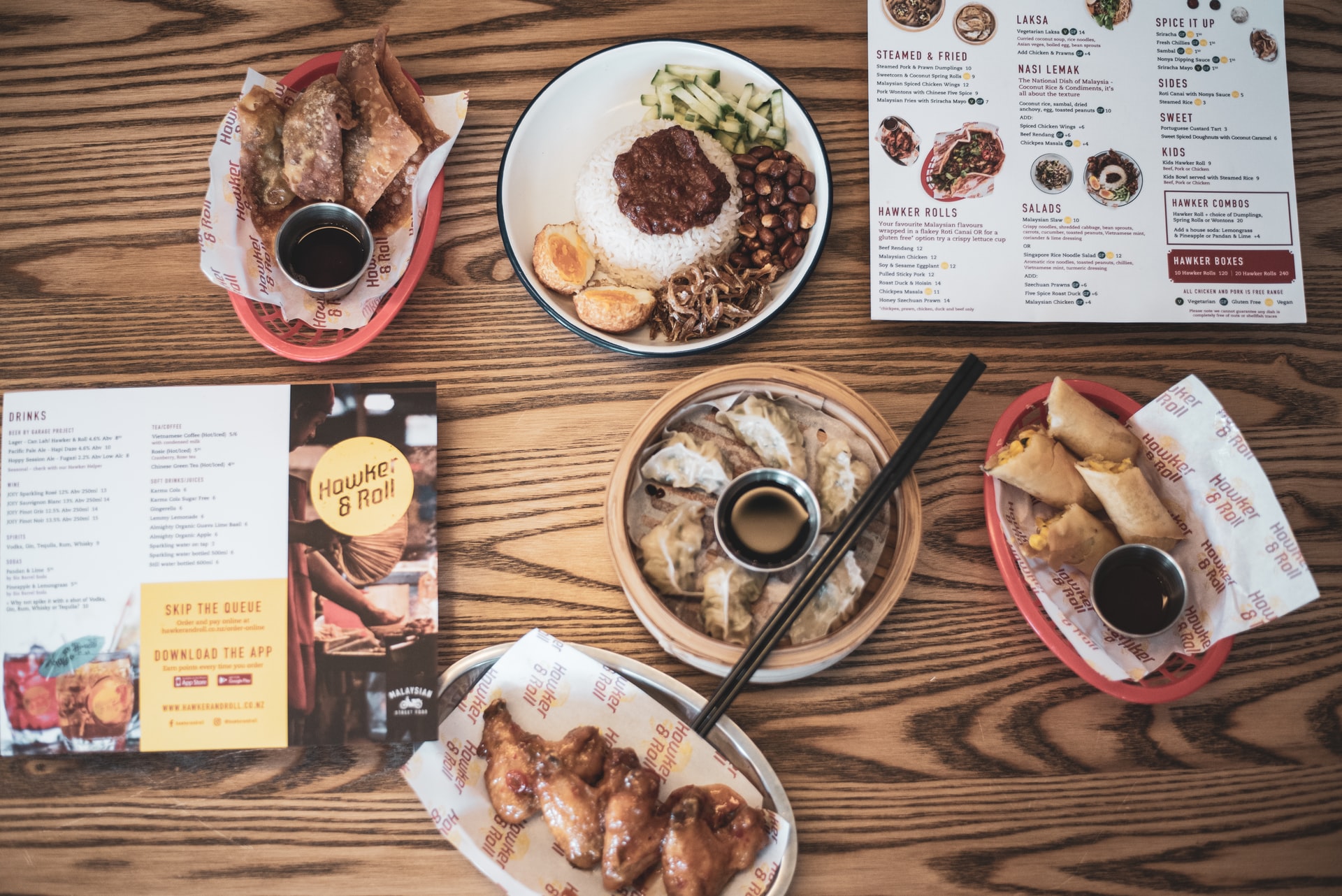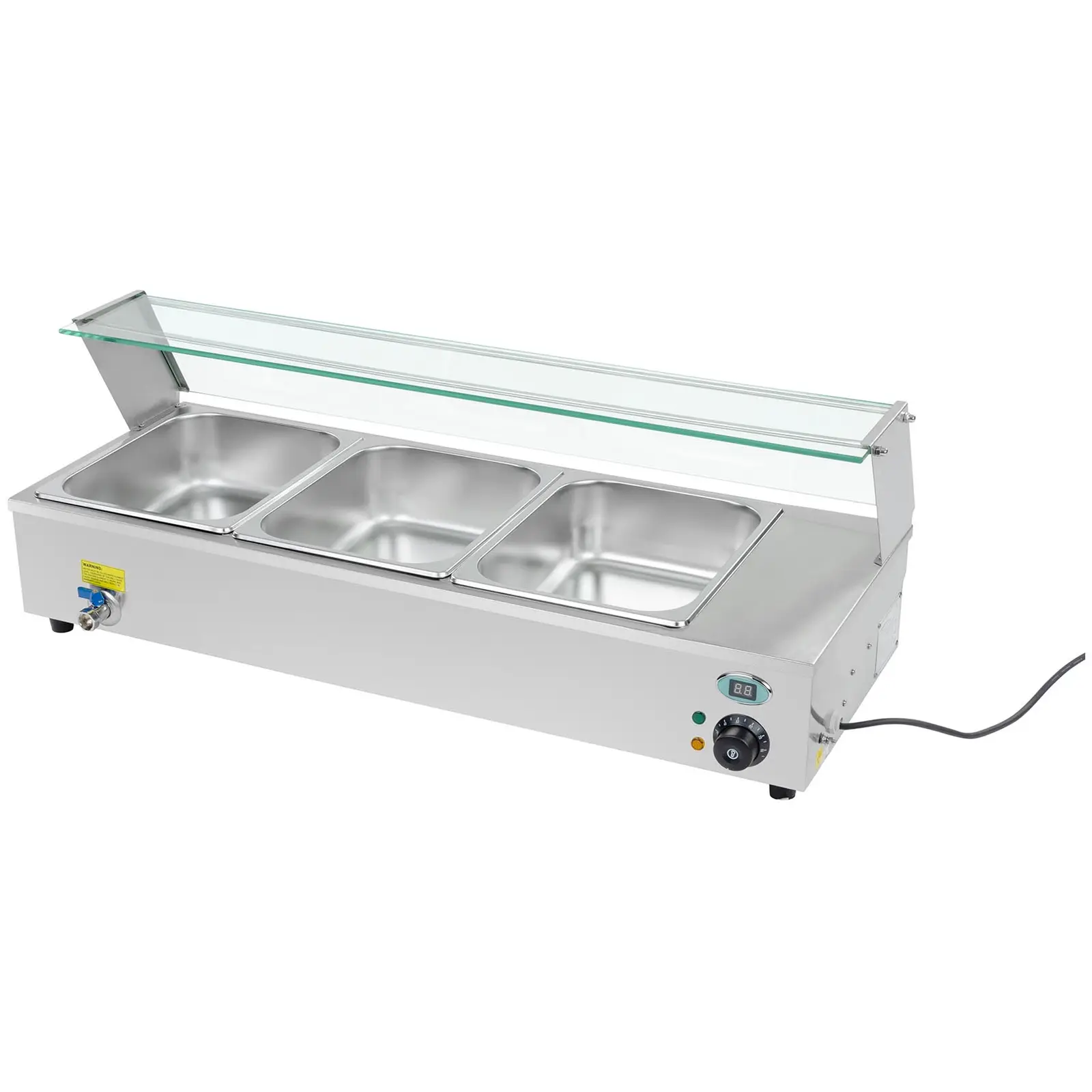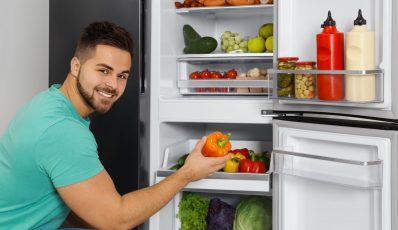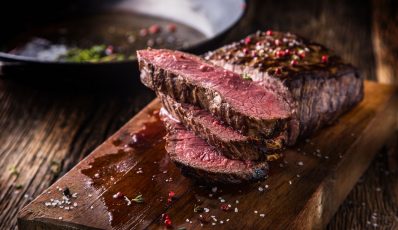The choice of menu and quality of food are most important in the food truck business. This is also where customers have the biggest choice. However, there is a big difference between classic food stalls and food trucks. Food trucks usually offer a specific type of cuisine, with complex dishes made from many different ingredients. So before setting off on your own food truck adventure, you should carefully consider what to want to offer, and at what prices. The following five tips will help you create the perfect menu, with profit in mind:

The choice of menu and quality of food are most important in the food truck business. This is also where customers have the biggest choice. However, there is a big difference between classic food stalls and food trucks. Food trucks usually offer a specific type of cuisine, with complex dishes made from many different ingredients. So before setting off on your own food truck adventure, you should carefully consider what to want to offer, and at what prices. The following five tips will help you create the perfect menu, with profit in mind:
1. Creating the menu
Putting together the optimal menu for a food truck is not as easy as it might seem. Unlike fine dining restaurants, which offer a wide range of dishes, food trucks have much smaller catering facilities, and customers should not expect luxury cuisine prepared with attention to the smallest details. This would be almost impossible anyway, due to both the fact that most food truck businesses are in the early stage of development, and also due to insufficient space inside the food truck. The limited options for food preparation mean you need to come up with the best and most profitable menu you can, with food truck customers in mind. When creating the menu and choosing the type of cuisine, you should consider the following key aspects:
- Market and target group analysis
- Number of employees and their qualifications
- Choice and quality of equipment
After considering the above points, you should be able to choose the type of cuisine you want to offer. Classic snacks or juicy burgers? Or maybe healthy soups or Asian street food?
The biggest challenge with a food truck is definitely the limited amount of space. On the other hand, you can offer unique food concepts with a considerable profit.
Useful tip: The usual target audience and flexible business model mean food truck chefs are forced to cook dishes that would not work in classic restaurants. This makes it easier to find your USP, at least on the European market. You need to find something that will distinguish your offer, letting you stand out from the competition. This is a must in order to be successful with your new business.
Following an in-depth analysis and inventory, you should now have an idea which types of cuisine you will feel comfortable with, and which original concepts might not work for you. You should then work on recipes and any other ideas that suit your strategy. It’s up to you whether you use all the ideas you originally came up with. The vision of implementing a concept and its actual implementation do not always go hand in hand. In other words, to actually offer the best ideas on your list, you need to get rid of some of the others. Creating the perfect list is a tiresome process, and certain adjustments may be necessary.
So to finally cook your favourite dishes, you should not underestimate the importance of market analysis, technical requirements and economic factors. You need to be passionate about what you cook, and enjoy the challenges of running a food truck, in order to be better than your competition and enjoy what you do.
Remember: Don’t stick to ideas that are too difficult or are not profitable. Crossing out ideas from your list will hurt less than bankruptcy later on.
-
Contact Grill – Ribbed Griddles – 2200 W
189.00 €169.00 € -
Contact Grill – smooth – 2,200 W 179.00 €
-
Hot Dog Grill – 1,400 W – 12 sausages 189.00 €
-
Hot Dog Grill – 11 rollers – stainless steel 249.00 €
2. Finalising the menu
Once you have roughly decided on the type of cuisine and your food truck is nearly ready, you need to finalise the menu. You will never satisfy everyone, but thanks to a wider range of dishes, your target group will grow, increasing your sales in the long run. In addition to your standard menu choices, your menu should also include something for the more modern or demanding customer:
- Low-calorie dishes like salads or soup for customers following a healthy lifestyle
- High-protein choices for sporty customers
- Vegetarian or vegan dishes
- Lactose-free or gluten-free alternatives
- Seasonal offers and / or standard dishes that depend on the time of day
Useful tip: Your offer should include choices for people with allergies, vegetarians or customers on a diet. Mark these items on the menu clearly, for example with the symbol of a leaf or a crossed-out steak. Low-carbohydrate dishes may contain words such as “fit” or “high-protein” in their names.
Your menu should be easy to read and match your concept, and the main motto of your business should be clearly visible.
For each menu item, consider the following:
- Availability of all the required ingredients for each dish
- Storage possibilities
- Prices of the main ingredients.
- Preparation time
You should estimate the availability of each ingredient and alternative supply options just in case. Certain ingredients may become unavailable due to seasonality, or you might need to purchase them in local shops. So for rare and unusual ingredients you really need to have a “Plan B”. Access to ingredients is therefore of great significance when preparing your food offer. This is especially true in the case of food trucks, when you need to take into account the limited amount of space.

You should also keep in mind that not all ideas will generate a profit. To start off with, you should test all the dishes that are easy to prepare and which ingredients are readily available. This way, you can eliminate any unforeseen issues related to:
- the time needed to prepare each dish
- using exact amounts of each ingredient
- necessary equipment to prepare each dish
The above aspects should be taken into account for each item on your menu. Thanks to this you will find out which dishes can easily be prepared in a food truck with limited space and equipment, and how much they cost to prepare. The best way to do this is prepare samples for your family and friends so that they can evaluate and help fine tune your recipes as necessary.
Useful tip: Cook the food samples in a relaxed atmosphere to fully present your culinary skills, and make some photos of each dish. These photos will later come in handy for your website or social media, so you can kill two birds with one stone and use them for further marketing needs.
3. Your beverage offer
Food trucks should also offer a wide range of beverages. On top of a standard offer of mineral water and fizzy drinks, it is also good to include some less obvious items. For international cuisine, these could be regional soft drinks, beer or wine.
If you have enough space, you could also offer homemade lemonade or ice tea. And what about tea and coffee? Some food trucks even specialize in drinks. It is not unusual to see food trucks selling homemade iced teas, cocktails, or even hot chocolate or various types of coffee. Another business opportunity is renting your food truck for private events.
Useful tip: You should always offer drinks that match your food offer. Keep in mind, however, that drinks should be served cooled, which usually takes up a lot of space. So it is worth considering carefully how much space can be used for keeping chilled drinks and which drinks will be most profitable.
4. Pricing your dishes
Once your menu is ready, you should once again examine all the supply options and the prices of each ingredient. Using the “good old” method of multiplying the amount of ingredients by three or adopting your competitors’ prices may turn out to be risky. Instead, you should determine the exact cost of each ingredients during a trial cooking session, and also calculate the amount of time needed for preparation. In addition, you also need to evaluate fixed and personnel costs, as well as VAT on sales. After all, your food truck is supposed to be profitable! The following information should help you better understand the most important cost factors of running a food truck:
- Cost of goods: the value of the product (purchase price + transport and storage costs)
- Staff costs: salaries (employees and owner), including social security contributions
- Overhead costs: such as event fees or selling permission, electricity, gas, water, insurance, depreciation, repairs, maintenance etc.
- Profit: including both entrepreneurial risk aside from the entrepreneur’s remuneration, as well as reserve funds
- VAT: 20% (regular sales tax; also on beverages) or 5% (sales tax on dairy drinks)
There are different ways of calculating your food truck menu prices. Although simple, these methods may also involve detailed calculations and complex expense analyses. New food truck owners will find it more difficult to calculate prices due to the lack of baseline information from previous years. Revenue calculation and analysing the level of sales of beverages and food dishes is a more complex process. However, there is a simple formula that takes into account the most important calculation factors:
- Base price = purchase value + 40% for storage + 30% for general costs + own costs + an additional 10-20% of calculated profit
- Net sales price = basic price + 20% for staff costs
- Total gross price = net sales price + 5 or 20% VAT.
In order to optimize price calculation, it is important to know how many dishes are sold per day and which ingredients are used in the dishes sold. Optimising your offer and increasing your sales can only be done based on this data. With profit optimisation and rapidly changing purchase prices in mind, these calculations should be regularly checked and adjusted as necessary.
It is also important to set a so-called price cap. Average food truck menu prices and the willingness of customers to pay a certain price are used as benchmarks. Selling burgers will probably not be very successful if you estimate the retail price at £15,-. Few customers are willing to pay so much, if your competition is selling a similar product for e.g. £9,- . In such cases, you can adjust the price of the more expensive dishes by:
- changing the ingredients,
- changing the amounts of the ingredients
- using cheaper ingredients.
Thanks to these simple methods, you can optimize the prices on your menu, still achieving a reasonable margin. Already at this point, you should try to guess which items will sell best. The Pareto principle states that 20% of your activities are responsible for 80% of your results. So which dishes could fall within the above rule and how could profit be optimised by calculating the costs and selling prices?
Useful tip: Round the values! There is an old trick to do this. Since customers only really see the numbers before the decimal point, the value after the decimal point should only be high numbers. For example, burgers for £7.20 will sell as well as ones for £7,90 (in this case £0,70 is 3.5% of the price). £7,90 is only 10 pence less than £8,-, but according to sales psychology theories, the £8,- option will sell much worse.
-
Contact Grill – smooth – 2,200 W 179.00 €
-
Hot Dog Grill – 9 rollers – Teflon 219.00 €
-
Tower Rotisserie – 4-in-1 – 1,800 W – 31 L
149.00 €139.00 € -
Contact grill – griddle – timer – 1,800 W
5. Clearly displaying your food truck menu
A limited choice of standard dishes make it easier for customers to make a decision. Nevertheless, all items must be clearly displayed. There are many options to do this, such as chalk boards or marker boards. These solutions are usually better than printed menus. Menu boards also let you easily change the prices or even menu items if necessary. Remember, your offer must be easy to read for everyone! Avoid unusual fonts, handwriting or abbreviations. Below are more tips and suggestions how to clearly present menu items and their prices:
- Keywords, based on which most customers will make their decision, should always appear at the beginning of the name of the dish, e.g. shrimp, fillet etc.
- Prices on the menu boards should not be written one after another. This way, customers will focus on the choice of dishes rather than compare the prices.
- Dishes should be sorted alternately, not from the cheapest to most expensive. This helps customers make an easier choice.
- Items with the highest profit-margin should be most visible, e.g. at the top of the menu board. It is also good to position any text in the middle left part of the menu or in the lower right corner.
- Board frames, underlined words or decorative accents help sell certain products, including, of course, those most profitable.
- Omitting the currency symbol next to prices can also help increase sales
- Information about allergens and additives can be included in the menu and provided to the customer upon request. This helps keep the offer clearer to read but lets customers feel that they have obtained all the information they needed.
- The menu board can also serve as an advertisement or additional communication tool, e.g. using a QR code.
Useful tip: It takes a lot of time to prepare a good menu board. A well prepared board will help you present your food truck and promote the most profitable items on your menu.
Choosing the basic concept, as well as recipes, dishes and their prices, is the first step to a well-run food truck business. You now need to develop and advertise your brand based on the concept you have created. After coming up with your own logo and unique food truck design the next step is creating a marketing strategy, a website and announcing your launch on social media. Of course, you also need to decide what equipment you will need in your food truck? Where is the best location? What insurance policies do you need? Where should you register your company? Our experts have the answers to the most important questions and are always ready to help with these and any other questions you may have.








Share